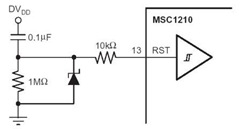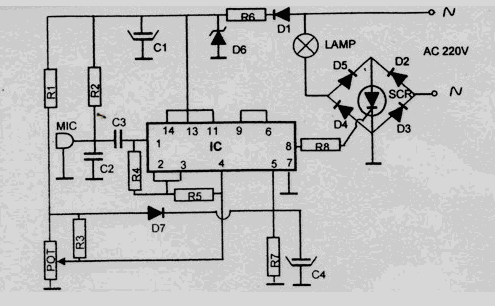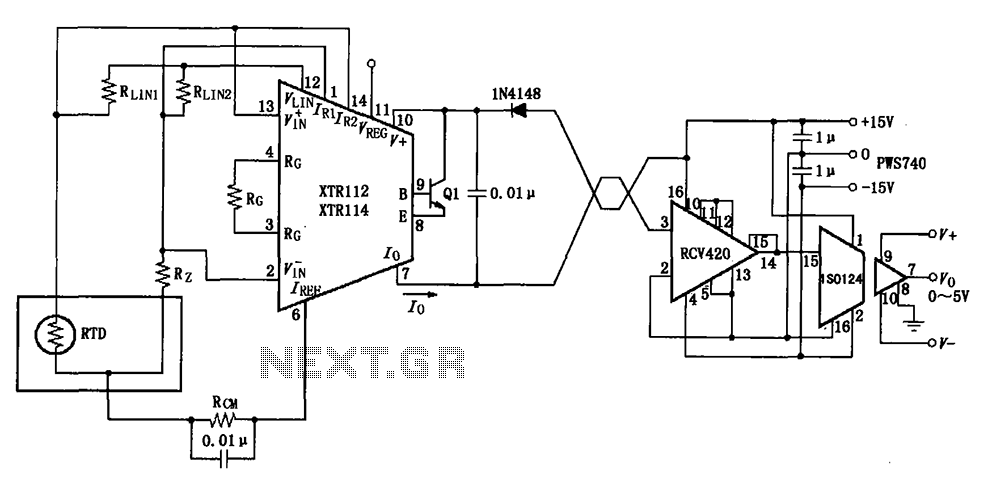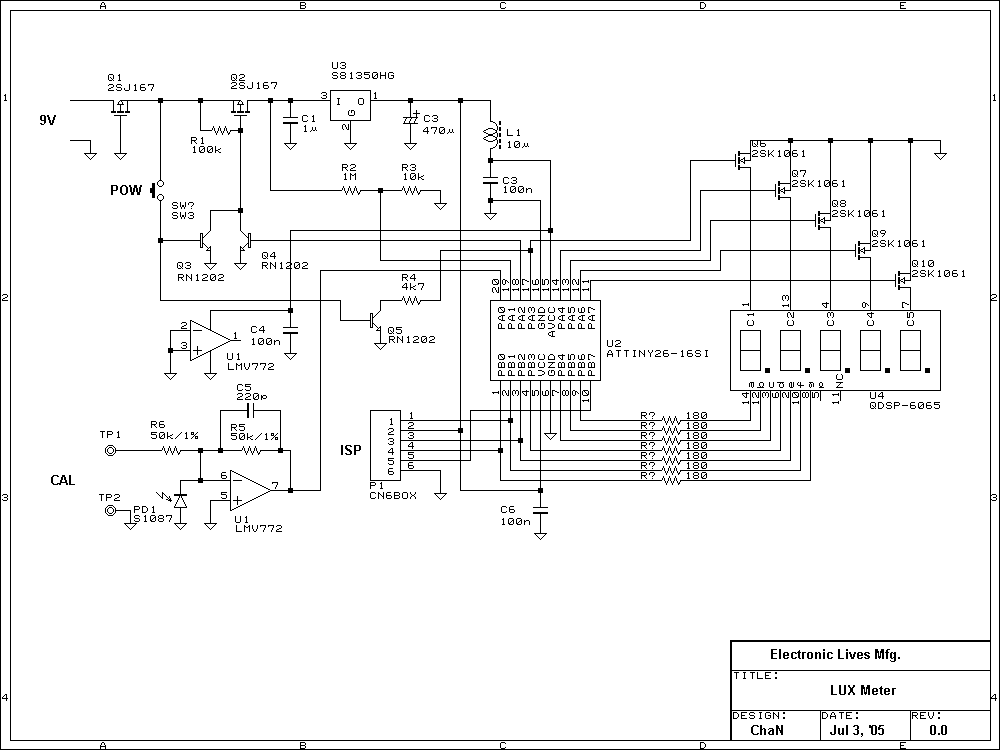
Shock alarm circuit

This is a simple shock-sensitive alarm circuit with numerous applications, ranging from home use to automobiles. The primary application of this circuit is as an anti-theft alarm for vehicles. A piezoelectric sensor is employed as the shock sensor and must be mounted on the door to be protected. The IC1 LM358 is configured as an inverting Schmitt Trigger. The potentiometer R1 adjusts the threshold voltage of the circuit and serves as a feedback resistor. When the circuit is inactive, the output from the piezo sensor is low, resulting in a low output from the IC. When the piezo sensor is activated, its output voltage increases, triggering the Schmitt Trigger, which causes the buzzer to beep. The buzzer continues to sound for a period even after the vibration has ceased due to the IC's design, which makes it difficult to reverse the state quickly when triggered.
This shock-sensitive alarm circuit utilizes a piezoelectric sensor to detect vibrations, making it highly effective for applications in security systems. The piezoelectric sensor generates a voltage when subjected to mechanical stress, which is central to the operation of the alarm. The LM358 operational amplifier, configured as an inverting Schmitt Trigger, provides hysteresis, allowing the circuit to have a defined threshold for activation and deactivation.
The potentiometer R1 plays a crucial role in setting the sensitivity of the circuit. By adjusting R1, the user can define the minimum level of vibration required to trigger the alarm, making it adaptable to various environments and levels of sensitivity needed.
When the sensor detects a shock, the output voltage from the piezoelectric sensor rises above the threshold set by R1, which causes the output of the LM358 to switch from low to high. This transition activates the buzzer, alerting the user to potential unauthorized access or tampering. The design ensures that once triggered, the buzzer continues to sound for a predetermined duration, providing an effective deterrent against theft or intrusion.
The circuit can be powered by a standard DC supply, and it is advisable to include protection components such as diodes to prevent damage from voltage spikes. The integration of a capacitor across the output may also be considered to control the duration of the buzzer sound, depending on the application requirements. Overall, this circuit is a reliable and straightforward solution for enhancing security in various settings.Here is a simple shock sensitive alarm circuit that has many many applications fro home to automobiles. The main application of this circuit is to use it as an anti theft alarm in automobiles. A peizo electric sensor is used as the shock sensor which has to mounted on the door which you have to protect.
Here the IC1 LM 3558 is wired as an inverting Schmitt Trigger. The POT R1 sets the threshold voltage of the circuit. R1 is used as a feed back resistor. When not activated the out put from the piezo sensor will be low and so do the output of the IC. When the piezo sensor is activated its output voltage goes high and triggers the Schmitt trigger. This results the beeping of the buzzer. The buzzer remains beeping for some time even if the vibration is removed. this is because the increase in the inverting input has little effect when the IC is triggered and the state can`t be easily reversed. 🔗 External reference
This shock-sensitive alarm circuit utilizes a piezoelectric sensor to detect vibrations, making it highly effective for applications in security systems. The piezoelectric sensor generates a voltage when subjected to mechanical stress, which is central to the operation of the alarm. The LM358 operational amplifier, configured as an inverting Schmitt Trigger, provides hysteresis, allowing the circuit to have a defined threshold for activation and deactivation.
The potentiometer R1 plays a crucial role in setting the sensitivity of the circuit. By adjusting R1, the user can define the minimum level of vibration required to trigger the alarm, making it adaptable to various environments and levels of sensitivity needed.
When the sensor detects a shock, the output voltage from the piezoelectric sensor rises above the threshold set by R1, which causes the output of the LM358 to switch from low to high. This transition activates the buzzer, alerting the user to potential unauthorized access or tampering. The design ensures that once triggered, the buzzer continues to sound for a predetermined duration, providing an effective deterrent against theft or intrusion.
The circuit can be powered by a standard DC supply, and it is advisable to include protection components such as diodes to prevent damage from voltage spikes. The integration of a capacitor across the output may also be considered to control the duration of the buzzer sound, depending on the application requirements. Overall, this circuit is a reliable and straightforward solution for enhancing security in various settings.Here is a simple shock sensitive alarm circuit that has many many applications fro home to automobiles. The main application of this circuit is to use it as an anti theft alarm in automobiles. A peizo electric sensor is used as the shock sensor which has to mounted on the door which you have to protect.
Here the IC1 LM 3558 is wired as an inverting Schmitt Trigger. The POT R1 sets the threshold voltage of the circuit. R1 is used as a feed back resistor. When not activated the out put from the piezo sensor will be low and so do the output of the IC. When the piezo sensor is activated its output voltage goes high and triggers the Schmitt trigger. This results the beeping of the buzzer. The buzzer remains beeping for some time even if the vibration is removed. this is because the increase in the inverting input has little effect when the IC is triggered and the state can`t be easily reversed. 🔗 External reference





